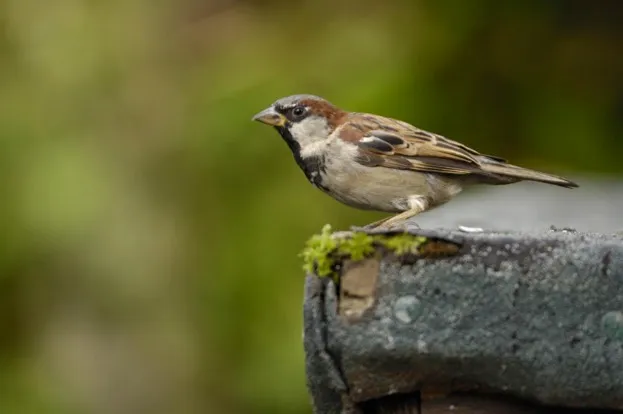The tiny long-tailed tit has appeared in the RSPB Big Garden Birdwatch top 10 for the first time in eight years after the average number seen visiting gardens across the UK increased this year by 44%.
The mild months leading up to the January 2016 survey are likely to have benefitted the highly sociable species as it made an appearance in over a quarter of participants’ gardens.
Small, insect-eating birds like long-tailed tits are particularly susceptible to the cold as the food they rely on is hard to come by in frosts and snow so milder conditions are likely to have contributed to a higher survival rate.
The RSPB’s Dr Daniel Hayhow says, “The increase in long-tailed tit sightings just goes to show that in the absence of very cold weather these species can survive the winter months in much great numbers.”
Other garden birds that benefitted from warmer weather include the goldcrest and coal tit.
Hayhow added, “Long-tailed tits only started using garden feeders in recent years, and now more people are spotting them in their gardens as this behaviour develops.”

The house sparrow remains top of the Big Garden Birdwatch rankings, followed by starling and blue tit.
Since 2006 the average number of long-tailed tits seen in UK gardens has increased by 52%, while great tit numbers have gone up by 13 per cent and coal tit by 9%.
Despite this boost in numbers many other of our favourite garden visitors are struggling.
Sightings of starlings and song thrushes have experienced another drop during the Big Garden Birdwatch this year.
This decline continues a trend that has seen the number of both species visiting gardens decrease by 81 and 89% retrospectively since the first Birdwatch in 1979.
“Gardens or outdoor spaces are an invaluable resource for many species – they can provide a safe habitat and enough food and water to survive – which are likely to have a significant effect on their populations,” says RSPB’s Ben Andrew.
More than 519,000 people across the UK took part in the 37th RSPB Big Garden Birdwatch, counting a bumper 8,262,662 birds.
Main image: Long-tailed tits are most usually noticed in small flocks. © Tony Marsh - RSPB
